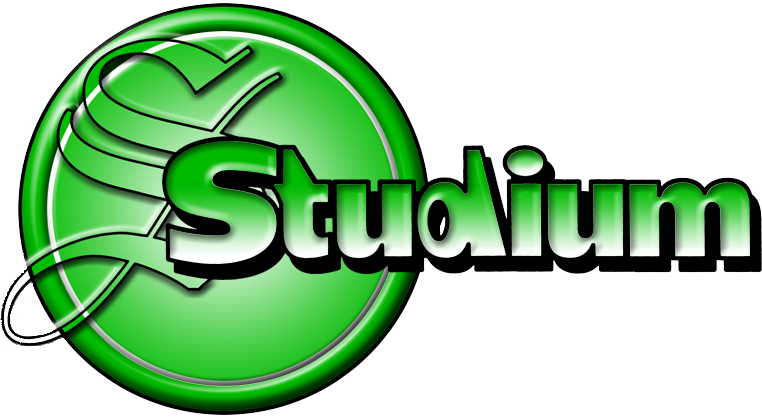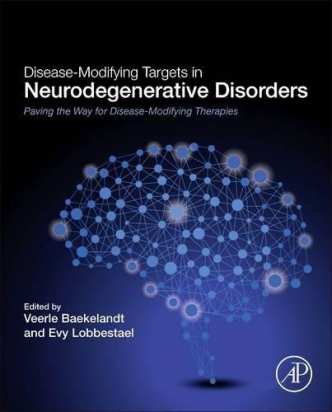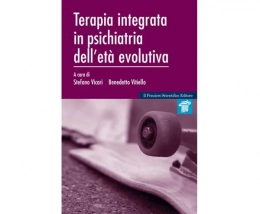Chapter 1: The multitude of therapeutic targets in neurodegenerative proteinopathies
-
Abstract
-
Protein Misfolding and Aggregation
-
Mechanism of Assembly
-
Prion-Like Propagation of Protein Assemblies
-
Propagation Routes of Pathogenic Protein Aggregates
-
Limiting Steps in the Propagation of Pathogenic Protein Assemblies
-
Therapeutic Strategies Targeting the Physiological Levels of Aggregation-Prone Proteins Involved in Neurodegeneration
-
Therapeutic Strategies Targeting the Misfolding and Aggregation of Proteins Involved in Neurodegeneration
-
Therapeutic Strategies Targeting the Accumulation of Misfolded Pathologic Protein Aggregates
-
Therapeutic Strategies Targeting the Cell-to-Cell Propagation of Pathogenic Protein Aggregates
-
Therapeutic Strategies Aimed at Restoring the Damage Pathogenic Protein Aggregates Induce
-
Therapeutic Strategies Targeting Misfolded Pathologic Protein Aggregate–Mediated Neuroinflammation
-
Limitations of the Different Therapeutic Strategies
-
Acknowledgments
Chapter 2: Synuclein misfolding as a therapeutic target
-
Abstract
-
Introduction
-
The Conformational Landscape of α-Synuclein: the Native State
-
The Conformational Landscape of α-Synuclein: Misfolded Variants
-
Misfolding of α-Synuclein as a Therapeutic Target
-
Conclusions
Chapter 3: Neuroinflammation as a therapeutic target in neurodegenerative diseases
-
Abstract
-
Introduction
-
Glial Cells in CNS Development, Homeostasis, and Pathology
-
Chronic Neuroinflammation as a Common Pathophysiological Mediator in Progressive Neurodegenerative Diseases
-
Therapeutic Strategies Targeting Neuroinflammation in Progressive Neurodegenerative Diseases
-
Future Perspectives
-
Conclusions
Chapter 4A: Stem cells in neurodegeneration: mind the gap
-
Abstract
-
Introduction
-
Part I: Stem Cells
-
Part II: Stem Cells as Regenerative Therapy
-
Part III: Stem Cells to Model Neurodegenerative Diseases
Chapter 4B: The potential of stem cells in tackling neurodegenerative diseases
-
Abstract
-
Endogenous Stem Cells as a Therapeutic Target
Chapter 5: Preclinical models of Alzheimer’s disease for identification and preclinical validation of therapeutic targets: from fine-tuning strategies for validated targets to new venues for therapy
-
Abstract
-
Introduction
-
Conclusions
Chapter 6: Parkinson’s disease
-
Abstract
-
Introduction
-
Current Treatment Approaches in Parkinson’s Disease
-
Drugs That are Being Evaluated Clinically for Disease Modification in PD
-
Novel Targets for Disease-Modifying Therapies in PD
-
Conclusions
-
Acknowledgments
Chapter 7: Lewy body dementia
-
Abstract
-
Lewy Body Dementia
-
Management of LBD
-
Concluding Remarks
Chapter 8: Frontotemporal dementia
-
Abstract
-
Overview of Frontotemporal Dementia
-
Disease Management
-
Novel Possibilities in Disease-Modifying Drug Development
-
Discussion: Essentials for the Development of a Disease-Modifying Therapy
-
Conclusions
Chapter 9: From huntingtin gene to Huntington’s disease-altering strategies
-
Abstract
-
Huntington’s Disease
-
Huntingtin Gene and Transcripts
-
Huntingtin Protein
-
HD Pathogenic Mechanisms
-
Molecular Strategies for HD
-
ASO
-
Genome Editing
-
Conclusions and Perspectives
-
Acknowledgments
Chapter 10: Amyotrophic lateral sclerosis: mechanisms and therapeutic strategies
-
Abstract
-
Introduction
-
Excitotoxicity
-
Hyperexcitability
-
Pathogenic Role of Non-Neuronal Cells
-
Shortage of Neurotrophic Factors
-
Mitochondrial Dysfunction
-
Axonal Defects
-
Altered Proteostasis and Autophagy
-
Altered RNA Metabolism and Stress Granule Formation
-
Hexanucleotide Repeats in C9ORF72 and Disturbances in Nucleocytoplasmic Transport
-
Conclusions
-
Acknowledgments




